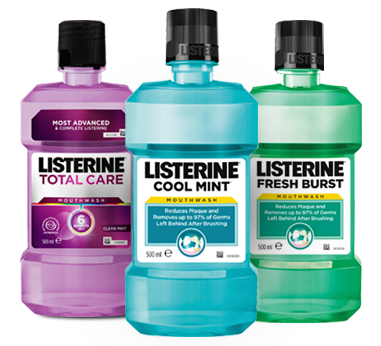3 Tips to Combat Gum Disease
Gum disease is a mouth infection caused by thick bacteria clinging to gums and teeth. Getting rid of gum disease starts with figuring out what kind you have. If your gums are puffy or you see blood in the sink when you brush, you might be looking at gingivitis. If left untreated and you experience severe gum and bone damage, it could be the more advanced periodontitis. Please see your dental professional for further advice on how to treat gum disease.
1. Give Your Mouth an Improved Routine
Gum disease mainly develops when we’ve slackened on our oral care. When gum disease is in the early stage, the solution is simply upgrading your routine to reduce bacteria in your mouth. Brushing after meals, flossing and swishing with mouthwash twice daily can prevent gum disease taking hold. Also schedule regular dentist check-ups, because when plaque develops into tartar, it can only be removed with professional cleanings. Early gum disease is preventable if you swiftly take action.
2. Get a Thorough Cleaning
If sticking to improved oral health routines isn’t reversing gum disease symptoms, you likely have a more advanced infection where deep, hard-to-reach bacteria pockets have formed around the base of your teeth. A deep cleaning by a dentist or periodontist every 6 months is the best way to rid your mouth of tartar.
3. Visit your dentist
If problems persist, antibiotics may be prescribed to fully eradicate the infection-causing microorganisms in your mouth.

A mouthwash for
every type of bold
Mouth Facts
5 Foods for Healthy Gums
Mouth Fact
The Crucial Role Saliva Plays in Your Oral Health

